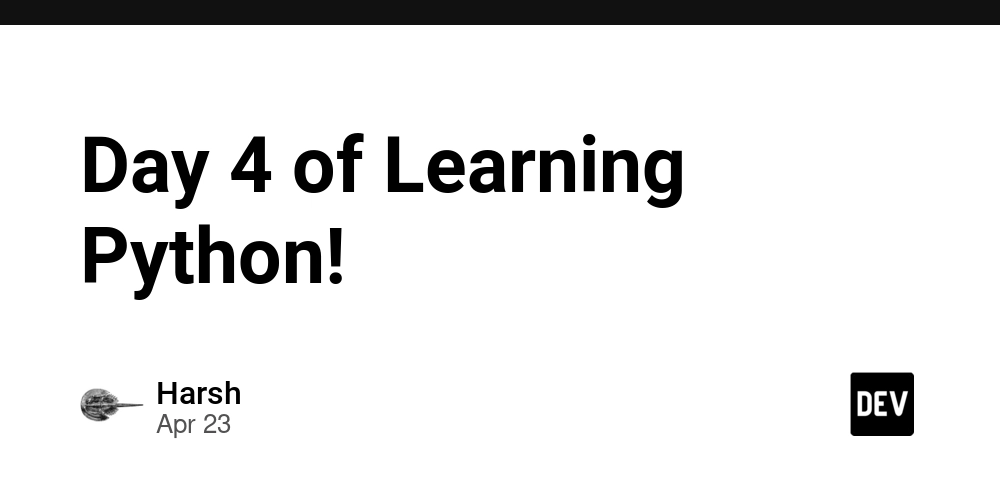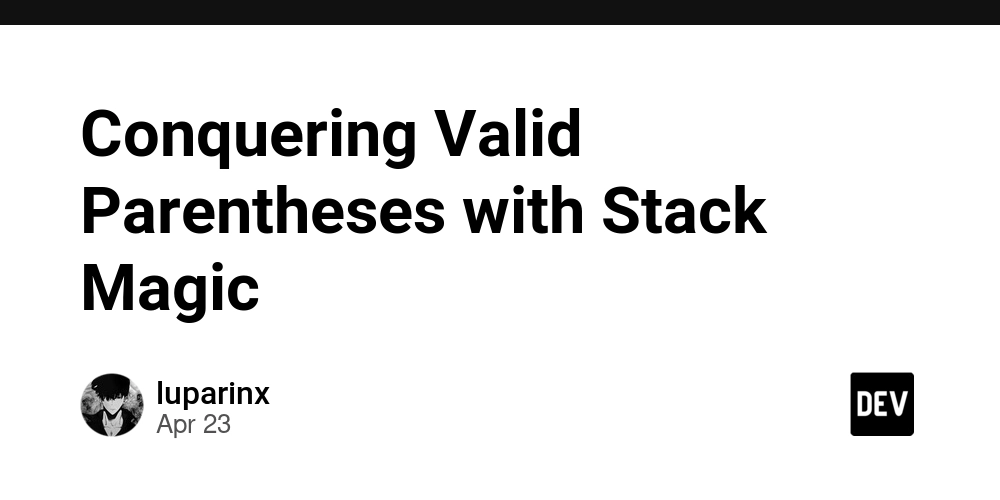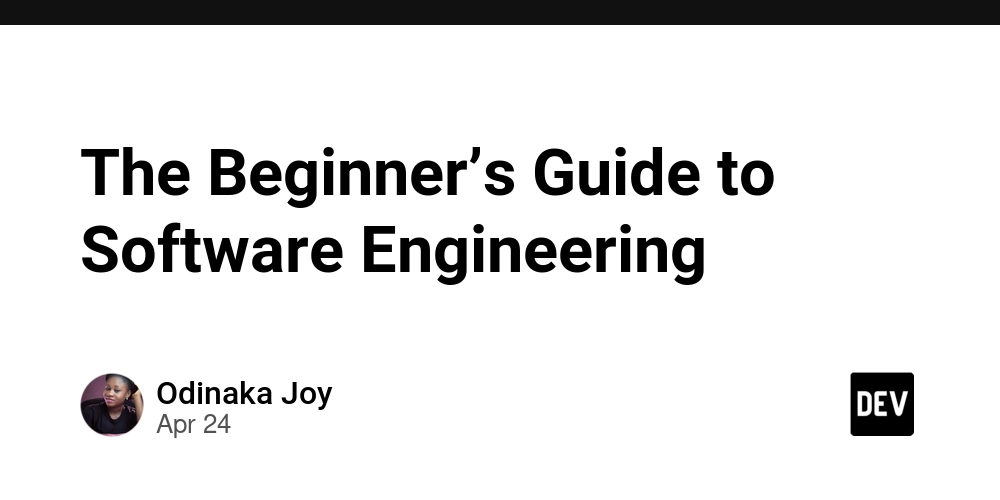Blockchain Project Funding Through Yield Farming
Abstract This post explores the innovative funding mechanism of yield farming within the blockchain ecosystem. It discusses how blockchain projects leverage yield farming to gain funding outside traditional channels, the mechanics behind liquidity pools and smart contracts, and the broader implications for decentralized finance (DeFi). We provide background and context, detail core features and benefits, and examine both practical use cases and challenges. We also explore future trends such as cross-chain yield farming and derivative-based strategies, supported by useful tables, bullet lists, and curated links from authoritative sources such as what is blockchain, decentralized finance for project funding, and smart contracts on blockchain. Finally, we explore insights from industry experts featured on Dev.to. Introduction Blockchain technology has revolutionized the way projects secure funding. Yield farming—the process of providing liquidity to decentralized protocols in return for rewards—is one of the newest funding mechanisms shaking up the digital economy. In essence, yield farming has become a pathway for blockchain projects to bypass traditional venture capital routes by tapping into the power of decentralized finance. This post aims to be both technical and accessible, using clear language and step‐by‐step explanations. We will break down the core mechanisms behind yield farming, examine its applications in project funding, discuss its benefits and challenges, and finally outline future trends and innovative strategies that promise to push the envelope of this funding model. Background and Context A Brief History of Blockchain Funding Traditional startup funding usually leans on venture capital, angel investors, and bank loans. In contrast, blockchain projects have harnessed the power of cryptocurrencies, smart contracts, and DeFi technologies to access funding. Initially introduced as liquidity mining on decentralized exchanges, yield farming enables users to contribute their digital assets to liquidity pools. In return, they earn rewards in the form of additional cryptocurrency tokens. Blockchain funding through yield farming aligns perfectly with the ethos of decentralization. An article titled Blockchain Project Funding Through Yield Farming outlines how yield farming can bootstrap projects by creating community stakeholder networks and ensuring decentralized ownership. Key Definitions and Ecosystem Components Yield Farming: The act of providing liquidity to DeFi protocols in exchange for rewards, often in cryptocurrency. Liquidity Pools: Digital pools where assets are locked in by yield farmers to provide liquidity, facilitating trading on decentralized exchanges. Smart Contracts: Self-executing contracts that automate the terms of the agreement between parties involved in the yield farming process. Token Economics: The study of how tokens are created, distributed, and managed within a blockchain project, ensuring a balanced reward ecosystem. DeFi (Decentralized Finance): An ecosystem of financial applications built on blockchain networks that operate without centralized intermediaries. These components work together to create funding systems that are cost-effective, transparent, and community-driven. Core Concepts and Features Yield farming as a funding tool is rich in both opportunities and technical complexities. Below, we explain the core concepts and features: Token Economics Projects must design robust token economics to ensure that rewards are distributed fairly and that long-term engagement is maintained. A well-calibrated token model discourages short-term speculative behavior and stabilizes the project's valuation over time. Many projects offer vesting periods or lockup mechanisms to prevent early homogeneity among investors. Mechanics of Liquidity Pools Liquidity pools are central to yield farming. By locking assets in decentralized exchanges (DEXs), projects ensure that tokens are liquid and tradable. This liquidity not only boosts visibility and valuation but also instills investor confidence. For a deeper dive into liquidity, check out Arbitrum Liquidity. Incentive Structures A strong incentive structure is essential for yield farming’s success. Yield farming rewards are structured using parameters such as vesting periods, multifaceted rewards (e.g., governance tokens), and performance-based bonuses. This structure ensures that stakeholders are continuously motivated to not only invest but also actively participate in the project’s growth. Decentralized Governance Yield farming often paves the way for broad-based stakeholder governance. By distributing native tokens widely, projects incentivize investors to participate in decision-making processes. This decentralized governance ensures that every participant has a voice, aligning with the broader block
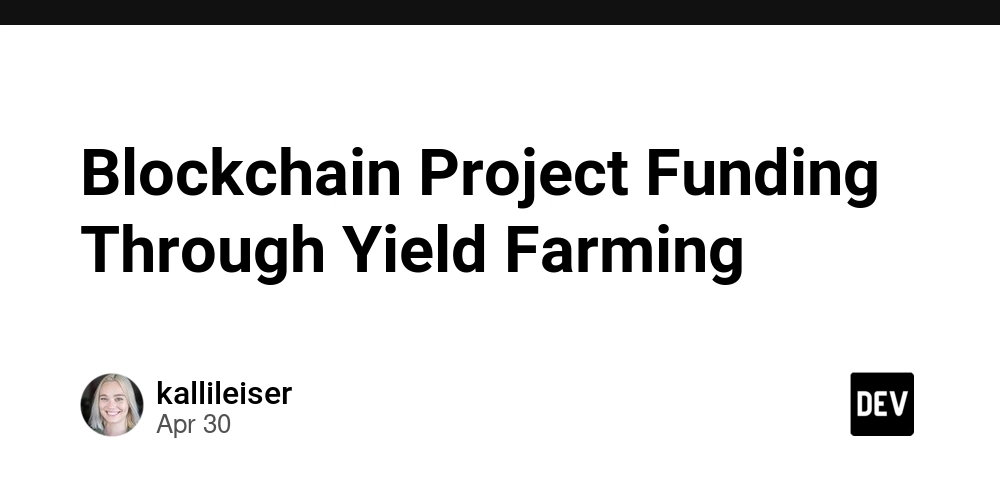
Abstract
This post explores the innovative funding mechanism of yield farming within the blockchain ecosystem. It discusses how blockchain projects leverage yield farming to gain funding outside traditional channels, the mechanics behind liquidity pools and smart contracts, and the broader implications for decentralized finance (DeFi). We provide background and context, detail core features and benefits, and examine both practical use cases and challenges. We also explore future trends such as cross-chain yield farming and derivative-based strategies, supported by useful tables, bullet lists, and curated links from authoritative sources such as what is blockchain, decentralized finance for project funding, and smart contracts on blockchain. Finally, we explore insights from industry experts featured on Dev.to.
Introduction
Blockchain technology has revolutionized the way projects secure funding. Yield farming—the process of providing liquidity to decentralized protocols in return for rewards—is one of the newest funding mechanisms shaking up the digital economy. In essence, yield farming has become a pathway for blockchain projects to bypass traditional venture capital routes by tapping into the power of decentralized finance.
This post aims to be both technical and accessible, using clear language and step‐by‐step explanations. We will break down the core mechanisms behind yield farming, examine its applications in project funding, discuss its benefits and challenges, and finally outline future trends and innovative strategies that promise to push the envelope of this funding model.
Background and Context
A Brief History of Blockchain Funding
Traditional startup funding usually leans on venture capital, angel investors, and bank loans. In contrast, blockchain projects have harnessed the power of cryptocurrencies, smart contracts, and DeFi technologies to access funding. Initially introduced as liquidity mining on decentralized exchanges, yield farming enables users to contribute their digital assets to liquidity pools. In return, they earn rewards in the form of additional cryptocurrency tokens.
Blockchain funding through yield farming aligns perfectly with the ethos of decentralization. An article titled Blockchain Project Funding Through Yield Farming outlines how yield farming can bootstrap projects by creating community stakeholder networks and ensuring decentralized ownership.
Key Definitions and Ecosystem Components
- Yield Farming: The act of providing liquidity to DeFi protocols in exchange for rewards, often in cryptocurrency.
- Liquidity Pools: Digital pools where assets are locked in by yield farmers to provide liquidity, facilitating trading on decentralized exchanges.
- Smart Contracts: Self-executing contracts that automate the terms of the agreement between parties involved in the yield farming process.
- Token Economics: The study of how tokens are created, distributed, and managed within a blockchain project, ensuring a balanced reward ecosystem.
- DeFi (Decentralized Finance): An ecosystem of financial applications built on blockchain networks that operate without centralized intermediaries.
These components work together to create funding systems that are cost-effective, transparent, and community-driven.
Core Concepts and Features
Yield farming as a funding tool is rich in both opportunities and technical complexities. Below, we explain the core concepts and features:
Token Economics
Projects must design robust token economics to ensure that rewards are distributed fairly and that long-term engagement is maintained. A well-calibrated token model discourages short-term speculative behavior and stabilizes the project's valuation over time. Many projects offer vesting periods or lockup mechanisms to prevent early homogeneity among investors.
Mechanics of Liquidity Pools
Liquidity pools are central to yield farming. By locking assets in decentralized exchanges (DEXs), projects ensure that tokens are liquid and tradable. This liquidity not only boosts visibility and valuation but also instills investor confidence. For a deeper dive into liquidity, check out Arbitrum Liquidity.
Incentive Structures
A strong incentive structure is essential for yield farming’s success. Yield farming rewards are structured using parameters such as vesting periods, multifaceted rewards (e.g., governance tokens), and performance-based bonuses. This structure ensures that stakeholders are continuously motivated to not only invest but also actively participate in the project’s growth.
Decentralized Governance
Yield farming often paves the way for broad-based stakeholder governance. By distributing native tokens widely, projects incentivize investors to participate in decision-making processes. This decentralized governance ensures that every participant has a voice, aligning with the broader blockchain ideology of democratization.
Applications and Use Cases
Yield farming is far more than a theoretical model—it has practical applications across various blockchain projects:
1. Capital Accumulation and Community Building
- Capital Accumulation: Yield farming enables projects to raise funds through the sponsorship of native tokens. Investors earn rewards in exchange for their capital, creating a win-win scenario.
- Community Building: Projects nurture communities by distributing tokens among a broader audience, turning investors into active stakeholders and vocal advocates.
2. Decentralized Finance (DeFi) Ecosystem Growth
Yield farming projects play a vital role in expanding the DeFi ecosystem. By facilitating liquidity pools and automated market-making, yield farming ensures a healthy circulation of tokens and robust market activity. For more insights on DeFi yield farming, visit What Is Yield Farming in Decentralized Finance (DeFi).
3. Use Case in Cross-Chain Yield Farming
As blockchain interoperability increases, projects will soon be able to tap liquidity across multiple chains. Cross-chain yield farming leverages liquidity pools on diverse networks, ensuring that projects can maintain stable yields despite market volatility.
Practical Examples
- Example 1: A startup launches its native token and creates a liquidity pool on a popular DEX. Early investors fund the project via yield farming, receiving tokens that later allow them to vote on project developments.
- Example 2: A blockchain game integrates yield farming by offering in-game assets as rewards for liquidity providers, merging both gaming and DeFi benefits.
Challenges and Limitations
Even though yield farming offers transformative opportunities, several technical and adoption challenges should be addressed:
Market Volatility
The cryptocurrency market is highly volatile. Rapid fluctuations can lead to unexpected losses for both projects and liquidity providers.
Mitigation: Projects often incorporate stable yield mechanisms and hedging strategies to minimize these risks.
Smart Contract Risks
Smart contracts are the backbone of yield farming. However, if not carefully audited, they can be susceptible to bugs or exploits. It is essential that projects invest in rigorous code audits and employ multiple security layers. For further reading, see Smart Contracts on Blockchain.
Short-Term ROI Focus
Many yield farmers are drawn by the prospect of high returns and may quickly exit once the rewards decline, undermining long-term project sustainability.
Mitigation: Implementing lockup periods and vesting schedules can help balance investor engagement.
Regulatory Uncertainty
As yield farming evolves, regulators are beginning to scrutinize these decentralized funding models. Uncertainty in regulatory standards can pose challenges for scaling blockchain projects internationally.
Future Outlook and Innovations
The future of yield farming appears promising with continuous innovation in the DeFi space. Here are some emerging trends and innovative strategies:
Cross-Chain Yield Farming
- Innovation: Projects are exploring cross-chain mechanisms that allow liquidity pools to interact over different blockchain networks.
- Benefit: This approach mitigates risks associated with network congestion and market volatility on a single chain.
Derivative-Based Strategies
- Innovation: Utilizing derivatives in yield farming helps hedge market risk while optimizing returns.
- Benefit: Investors can lock in stable yields even amid market swings.
Stable Yield Mechanisms
Projects are working on stable yield strategies that focus on providing predictable returns. This involves pairing volatile tokens with stablecoins, employing algorithmic yield stabilization, and utilizing risk management models.
Table: Comparison of Traditional Funding vs. Yield Farming
| Aspect | Traditional Funding | Yield Farming Funding |
|---|---|---|
| Funding Source | Venture Capital, Angel Investors | Liquidity Pools, Community-Based Funding |
| Governance | Centralized Decision-Making | Decentralized, Community-Driven Governance |
| Cost | Often high and dependant on market conditions | More cost-effective with lower barrier to entry |
| Flexibility | Structured, with fixed investment terms | Dynamic rewards structure |
| Risk Exposure | Regulatory and market risks | Smart Contract, volatile market risks |
Integration with Other Technologies
- Blockchain and AI: Advanced analytics and machine learning can optimize yield predictions and risk management.
- NFTs: Some projects incorporate NFT tokenomics, where NFT holders receive yield farming rewards, blending digital art with decentralized finance.
- Interoperability Solutions: Initiatives like Arbitrum and Blockchain Interoperability underscore the need for systems that can scale across various networks.
Summary
Yield farming stands as an innovative alternative for blockchain projects seeking funding through decentralized means. It harnesses a robust ecosystem of smart contracts, liquidity pools, and innovative token economics to democratize funding. Despite challenges like market volatility, smart contract risks, and regulatory uncertainties, yield farming’s potential to revolutionize project financing is undeniable.
Key takeaways include:
- Yield Farming Essentials: Mechanisms such as liquidity pools and token incentives allow blockchain projects to secure funding and engage with a broader community.
- Community-Driven Capital: Unlike traditional funding mechanisms, yield farming empowers a larger demographic by enabling decentralization in governance.
- Technological Integration: The blend of blockchain with AI, NFTs, and cross-chain interoperability further broadens the opportunities in this space.
The integration and continuous evolution in yield farming indicate a bright future for decentralized finance, offering more resilient and cost-effective funding methods.
Additional Perspectives from Dev.to
Experts in the blockchain space have shared their insights on yield farming and decentralized funding. For example, Fragment: Revolutionizing Digital Commerce on Telegram explores how decentralized mechanics improve user engagement. Additionally, Unlocking Passive Income: The Drip Network Guide offers valuable strategies for managing market volatility with yield-based rewards. Furthermore, Empowering Open Source: The License Token Revolution touches on how funding models using similar principles are empowering open-source projects.
Bullet List of Key Terms and Their Importance
- Yield Farming: Core mechanism for liquidity provision and token rewards.
- Liquidity Pools: Vital for ensuring tradability and encouraging investor participation.
- Smart Contracts: Automate processes and ensure transparency.
- Token Economics: Designs reward structures that foster long-term project sustainability.
- Decentralized Governance: Empowers community-driven decision making.
Conclusion
Blockchain project funding through yield farming embodies the innovative spirit of decentralized finance. By utilizing yield farming, projects can secure capital in a cost-effective, transparent, and decentralized manner without depending solely on traditional venture capital. This model not only democratizes the funding process but also cultivates robust communities that actively participate in governance and value creation.
The technical innovations—such as cross-chain yield farming, derivative-based strategies, and stable yield mechanisms—indicate substantial growth in the coming years. While challenges like market volatility and smart contract risks exist, robust risk management practices and continuous technological advancements are paving the way for a resilient future.
For readers interested in the fundamentals of yield farming and blockchain technology, further information is available from sources including What is Blockchain and Decentralized Finance for Project Funding. Additionally, exploring Smart Contracts on Blockchain provides technical insights into the automation behind these systems.
In summary, yield farming is not just an innovative funding method but a dynamic force driving the evolution of DeFi. It empowers blockchain projects by enabling decentralized, community-driven, and strategically secure fundraising—establishing a new norm for financial ecosystems. As the technology continues to evolve, we can expect further integration with other modern innovations, ensuring that the future of blockchain project funding remains bright and sustainable.
Stay tuned to new developments, and continue exploring the revolutionary landscape of blockchain funding through yield farming.































![[Free Webinar] Guide to Securing Your Entire Identity Lifecycle Against AI-Powered Threats](https://blogger.googleusercontent.com/img/b/R29vZ2xl/AVvXsEjqbZf4bsDp6ei3fmQ8swm7GB5XoRrhZSFE7ZNhRLFO49KlmdgpIDCZWMSv7rydpEShIrNb9crnH5p6mFZbURzO5HC9I4RlzJazBBw5aHOTmI38sqiZIWPldRqut4bTgegipjOk5VgktVOwCKF_ncLeBX-pMTO_GMVMfbzZbf8eAj21V04y_NiOaSApGkM/s1600/webinar-play.jpg?#)






































































































































![[The AI Show Episode 145]: OpenAI Releases o3 and o4-mini, AI Is Causing “Quiet Layoffs,” Executive Order on Youth AI Education & GPT-4o’s Controversial Update](https://www.marketingaiinstitute.com/hubfs/ep%20145%20cover.png)













































































































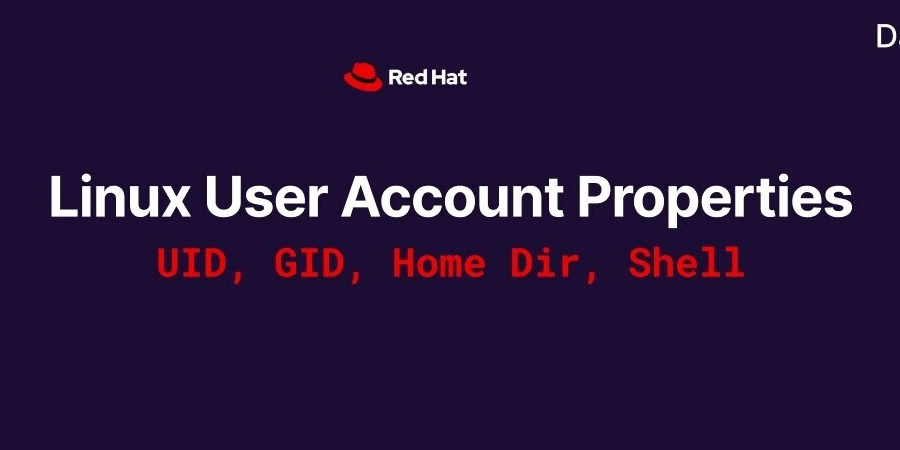






























































































































































_Jochen_Tack_Alamy.png?width=1280&auto=webp&quality=80&disable=upscale#)















































































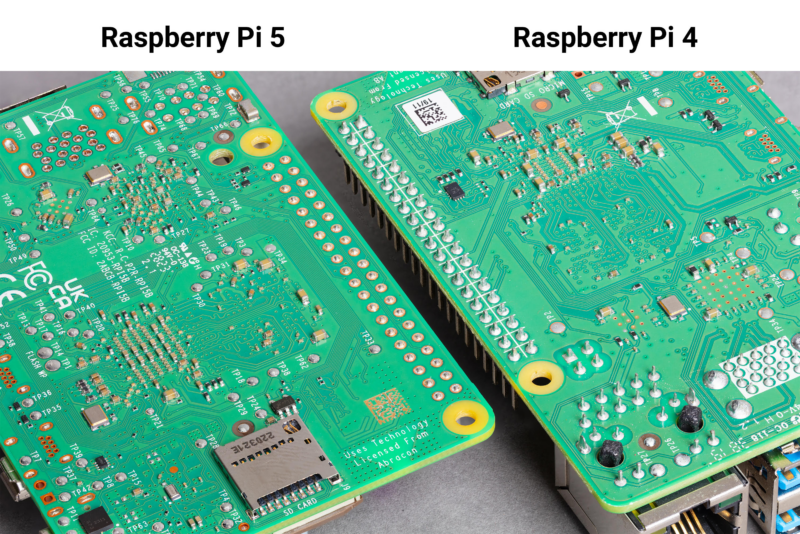



-xl.jpg)






























![New Hands-On iPhone 17 Dummy Video Shows Off Ultra-Thin Air Model, Updated Pro Designs [Video]](https://www.iclarified.com/images/news/97171/97171/97171-640.jpg)
![Apple Shares Trailer for First Immersive Feature Film 'Bono: Stories of Surrender' [Video]](https://www.iclarified.com/images/news/97168/97168/97168-640.jpg)

































































































